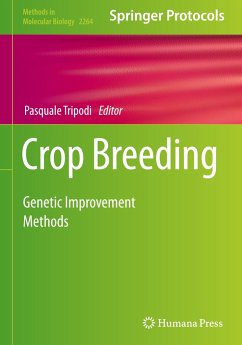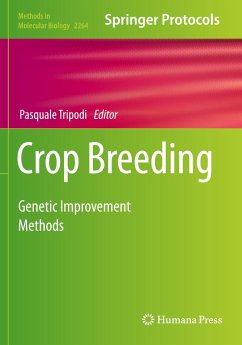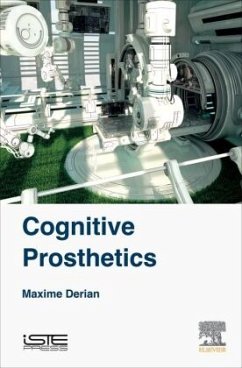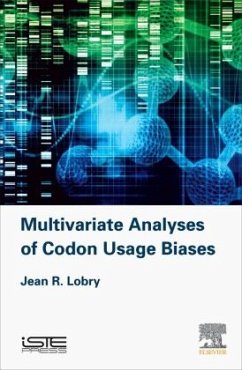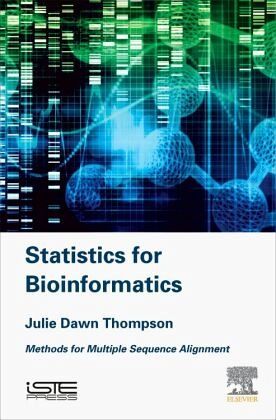
Statistics for Bioinformatics
Methods for Multiple Sequence Alignment

PAYBACK Punkte
22 °P sammeln!
Statistics for Bioinformatics: Methods for Multiple Sequence Alignment provides an in-depth introduction to the most widely used methods and software in the bioinformatics field. With the ever increasing flood of sequence information from genome sequencing projects, multiple sequence alignment has become one of the cornerstones of bioinformatics. Multiple sequence alignments are crucial for genome annotation, as well as the subsequent structural, functional, and evolutionary studies of genes and gene products. Consequently, there has been renewed interest in the development of novel multiple s...
Statistics for Bioinformatics: Methods for Multiple Sequence Alignment provides an in-depth introduction to the most widely used methods and software in the bioinformatics field. With the ever increasing flood of sequence information from genome sequencing projects, multiple sequence alignment has become one of the cornerstones of bioinformatics. Multiple sequence alignments are crucial for genome annotation, as well as the subsequent structural, functional, and evolutionary studies of genes and gene products. Consequently, there has been renewed interest in the development of novel multiple sequence alignment algorithms and more efficient programs.




